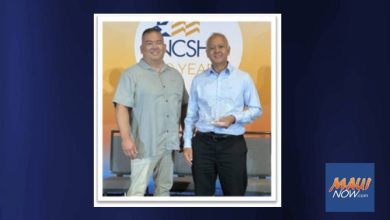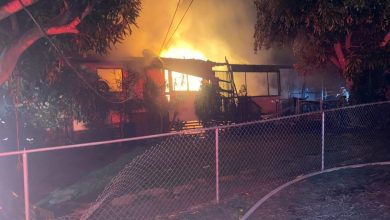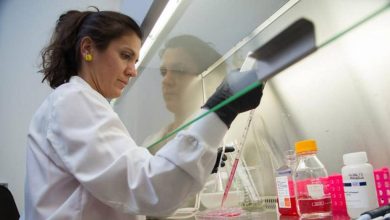Hoʻōla Maui reaches milestone in the cleanup of Lahaina : Maui Now
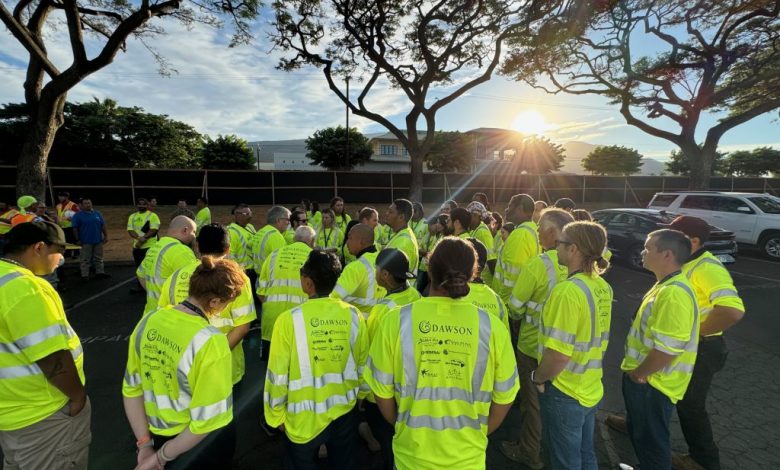
[ad_1]
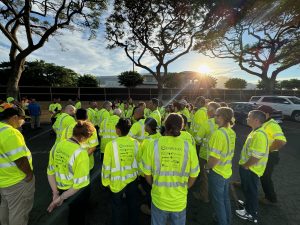
Hoʻōla Maui, a coalition of Native Hawaiian Organizations, along with other Hawaiʻi businesses and organizations are actively collaborating to ensure the clean-up of the burn zones on Maui is efficient and thorough for the affected community.
The partners reached a milestone in the cleanup of Lahaina recently with: 1,481 Tax Map Keys (TMKs) Fully Assessed; 168 Tons of Household Hazardous Materials (HHM) and Bulk Asbestos Material (BAM) Removed; 6,371 Samples Taken; 3,430 Vehicles Located; and 6,241 Trees Assessed with 202 Trees Marked as Protected and 4,678 Trees Tagged.
Hoʻōla Maui partners have pledged to work together, share resources and expertise, and coordinate and collaborate for each phase of the recovery effort regardless of which individual companies are awarded contracts, in order to prioritize the people of Maui.
Project Wrap-up | By the Numbers:
Hazardous Site Assessments
1,481 Tax Map Keys (TMKs) Fully Assessed: Working under DAWSON, the prime contractor leading the Hazard Site Assessment scope of work under the US Army Corp of Engineers, Hoʻōla Maui crews assessed affected properties in West Maui.
Each Hazard Site Assessment includes documentation of descriptions and the exact locations of:
- Structural ash footprint: The area where ash is present from burnt buildings, plus an additional 3-foot perimeter around the ash
- Hardscapes: Slabs, foundational structures, walkways, patios, standing walls, retaining walls, and driveways
- Household hazardous materials (HHM): Chemical or physical hazards including paint, pool chemicals, fuel, etc. that were not immediately removed by EPA
- Vehicles: Cars, boats, motorcycles, or any other titled vehicle
- Trees: Trees within the structural ash footprint
- Utilities: Location of underground and/or above ground utilities
- Potential explosives: Unexploded ordnance (UXO), firearms, ammunition
Of 1,649 total TMKs affected by the West Maui wildfires, 1,481 TMKs were assessed, 168 TMKs were deferred to Phase 2 or opted out of the program.
3,430 Vehicles Located: As crews inspected each property, they located over 3,000 cars, boats, motorcycles, and other titled vehicles.
Household Hazardous Materials & Bulk Asbestos Material Removal
168 Tons of Household Hazardous Materials (HHM) and Bulk Asbestos Material (BAM) Removed: Working property by property, crews removed tons of HHM and BAM to ensure Phase 2 of the debris removal process is safe and efficient.
6,371 Samples Taken: As part of the HSA process, Hoʻōla Maui crews inspected the properties for household hazardous materials and contaminants like asbestos, with the purpose of identifying and removing materials that may pose a health risk during the Phase 2 debris removal process.
Hazardous Tree Assessments
6,241 Trees Assessed: Arborists have played a critical role in completing Hazard Site Assessments in Phase 1 of the debris removal process. Lahaina-based Kane’s Legacy Tree Service and Haʻikū-based Climbing HI worked under Hoʻōla Maui member DAWSON, the prime contractor, to carefully examine each tree to determine whether it might pose a potential hazard in the future.
4,678 Trees Tagged: Of the 6,241 trees assessed by the arborists, 4,678 were tagged with colorful symbols to indicate the tree’s status to Phase 2 debris removal crews. For example, trees marked with a blue dot mean that the tree is unlikely to survive the next four to five years and should be removed to prevent it from falling and potentially harming people or property. A blue or yellow flag indicates that cultural monitors have identified a tree as culturally significant.
202 Trees Marked as Protected: During the hazardous tree assessment process, arborists and cultural monitors worked collaboratively to identify trees that are culturally significant or important. This significance could be due to the species of the tree, the history of the tree itself, or if the tree serves as a marker of cultural importance for the ground beneath or near it.
Center of Operations
In the Community
Member Native Hawaiian Organization companies include DAWSON; Nakupuna Companies; Alakaʻina Foundation Family of Companies; The Hawaiʻi Pacific Foundation; Kinai ʻEha; Namauʻu Technological & Industrial; Makai, a Kekoa Company; Mālama Kai Technologies; and Krilla Kaleiwahea.
Hoʻōla Maui partners include The Council for Native Hawaiian Advancement; Enterprise; Hawaiʻi News Now; Hawaiian Airlines; International Longshore & Warehouse Union; Kaiser Permanente; Native Hawaiian Organization Association; Westin Kāʻanapali and more.
To join Hoʻōla Maui in its work or to learn more about the progress underway, visit www.hoolamaui.com.
[ad_2]
Source: Maui News

